Dutch artist Barbara Broekman has been creating her unique large-scale textile work for over 30 years. Describing her route into the art world as ‘logical, natural and inescapable’, it was Barbara’s mother who supported her need to express from a young age by enrolling her in art classes. She went on to study textiles at Amsterdam Rietveld Academy and later attended the Master of Arts programme at the California College of the Arts in Berkeley, USA.
In this first part of our two-part interview with Barbara she discusses her education, the universal quality of textiles and tells us about her belief in the creative power of mankind.
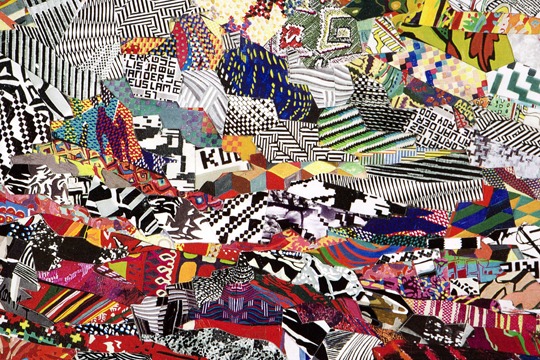
An organic and intimate character
TextileArtist.org: What initially captured your imagination about textile art?
Barbara Broekman: I have always been fascinated by textiles: they are universal, present in every culture and throughout history. They have a strong connection to everyday life, giving life colour and a human dimension.
In textiles I see the creative power of mankind. In creating man realizes fhimself. The manual and hand-crafted execution in textile art is also essential to my work. The time and labour required to create different forms of textile and textile art are palpable and lend the work an organic and intimate character. The slowness with which works from textile are created is also a criticism against the instant gratification and mass consumption of our times.
What or who were your early influences and how has your life/upbringing influenced your work?
When I was a child I was already interested in an enormous diversity of materials. My mother was very supportive and stimulated my need to express myself by sending me to art classes at a very young age. Later on, during my professional education at the Gerrit Rietveld Academy it was the policy to offer a large diversity in techniques and materials. This suited me very much and later on in my career I started to implement the use of different techniques and materials in my work.
Some of my most important early influences as an artist include two of my teachers during my education at Rietveld Academy. These were Margot Rolf and Herman Scholten. Margot Rolf had a background in the rationalist design approach of the Bauhaus. Rolf taught me to design in a structured and analytical manner. Herman Scholten has strong affinities with conceptual art and the minimalism of the Dutch Nul (Zero) movement. He taught me a formal and objective approach to design.
Lia Cook, my senior lecturer at the California College of Arts showed me how I could assimilate a more free approach to cultural and historical traditions in my work as well as letting go of the idea of art divided into strict categories according to materials and techniques. The American artist Sheila Hicks was an important source of inspiration during my studies as in my eyes she freed textiles from their traditional contexts. She was also an amazing business woman with a studio and a host of people working for her, which was an example I used to structure my own professional career.

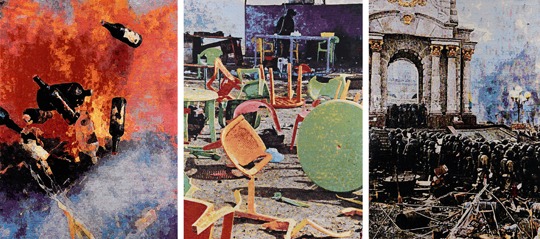
Logical, natural and inescapable
What was your route to becoming an artist? (Formal training or another pathway?)
‘Pursuing art’ was not a conscious decision at any particular moment in time. Since I was 4 years old I can remember loving to work with my hands and with all kinds of materials such as paint, fabric, beads and clay. Looking back I think I already felt the meditative element of creating. It gave me happiness and peace of mind. I already sensed the unique, conscious capability of mankind to create. To me it was a logical, natural and inescapable way to express myself. It seemed normal. Only in my teens I realised I had to make choices and wanted to make it my profession to ‘create’. It took me at least another 10 years or so to become clear about in which directions I had to move artistically.
I then pursued formal training, first at Rietveld Academy in Amsterdam, followed by one year at the California College of Arts in Berkley. It wasn’t until I had completed my training that I started to work as a professional artist.
What is your chosen medium and what are your techniques?
I use textile most, but I certainly don’t limit myself to this medium. The use of textiles is no goal on its own for me, it is a medium in which I am most able to express myself, as another artist might feel more comfortable with paint. I am just good at textiles! My work is often hand embroidered or machine woven. But I have also worked with woven canvas, mosaic tiles, concrete, paper and even oil paint. But even in all these non-textile works, my formal training in textile still shows through, for example by using weaving patterns and techniques.
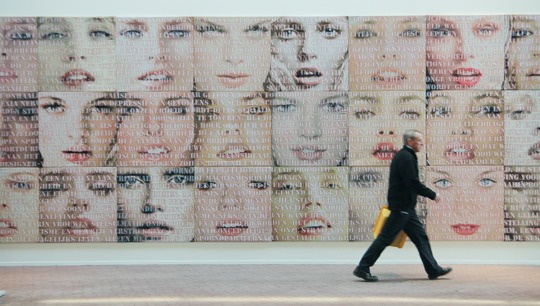
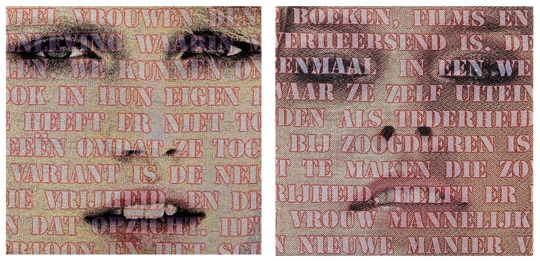
Textiles represent a human dimension
How would you describe your work and where do you think it fits within the sphere of contemporary art?
I want to create art that is part of society, art which one can live in and experience. This is one of the reasons for me to work with everyday materials such as textiles: they are universal, present in every culture, are strongly bound to everyday life, they give life colour and a human face. Textiles represent a human dimension.
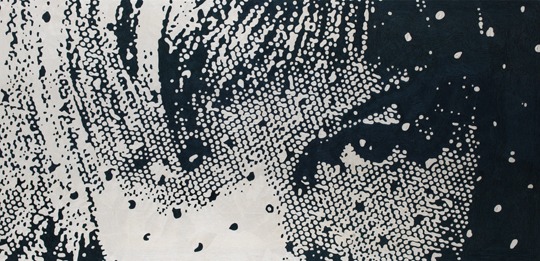
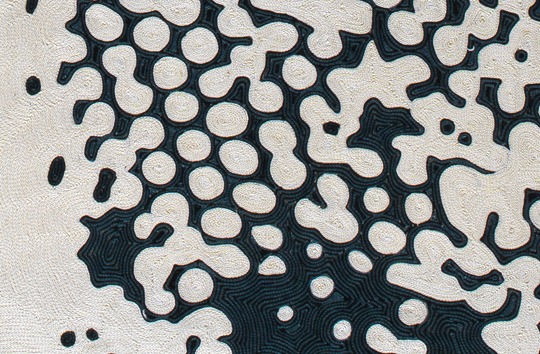
Both my subject matter and my use of materials reveal a fascination with the creative power of mankind. In creating man realizes himself. As I said before, I sensed this quality since I was a young child and it became part of the message in my work. I address topics that we are confronted with in our everyday existence, such as love, death, birth, loss, the relations between the sexes and the cultural diversity in our society. I reflect on my personal experiences and interests in relation to these universal emotions and themes.
I enjoy making work for the public space, because I want my art to reach and inspire as many people as possible. I try to choose themes that either everyone can relate to, or execute my work in such a way that it seduces people to take a good look. My work is often layered so that there is something interesting to discover from far away as well as from close by.
For more information please visit: www.barbarabroekman.nl. You can read part two of the interview here: textileartist.org/barbara-broekman-part-2
If you’ve enjoyed this interview with Barbara please let us know by leaving a comment below
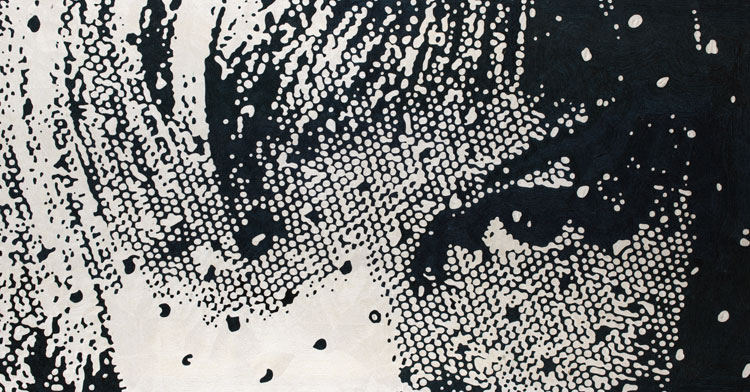

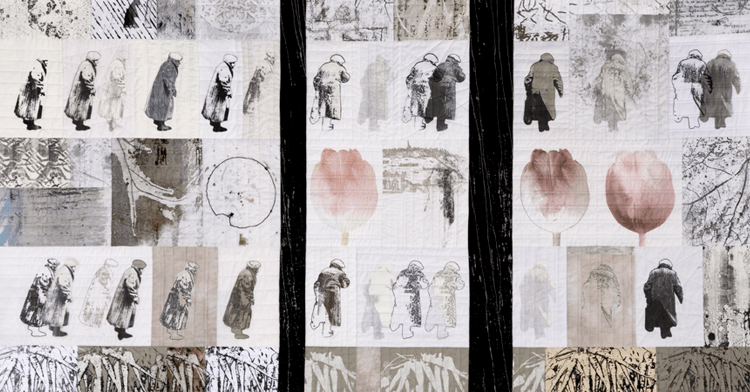


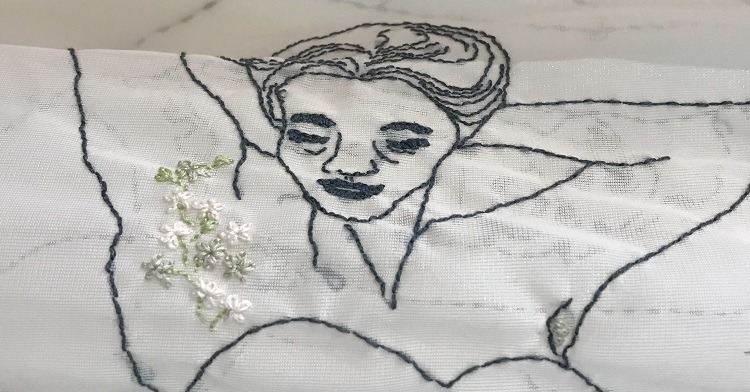
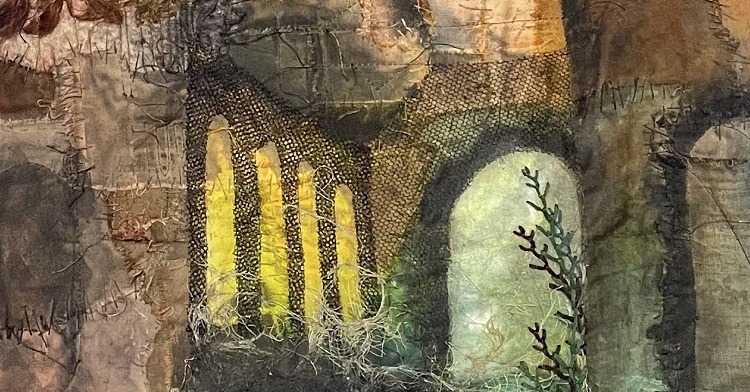
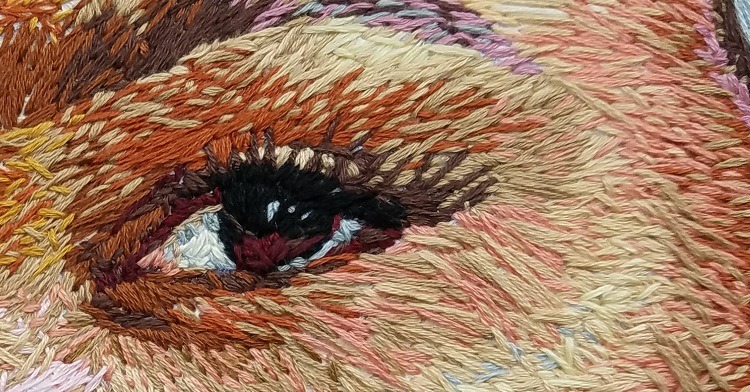

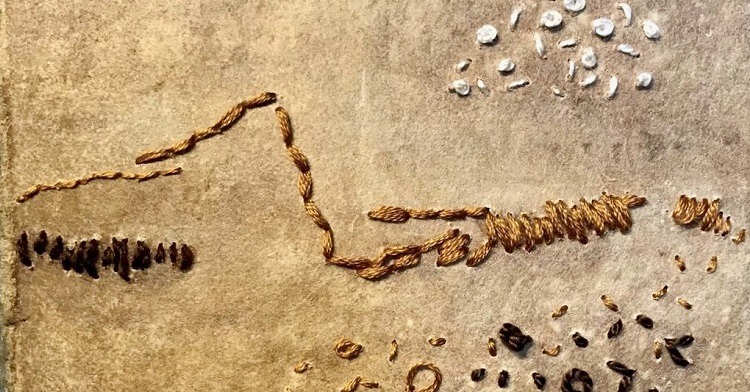
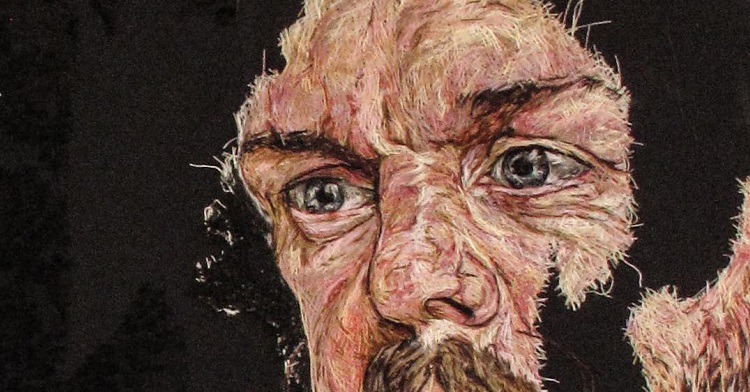
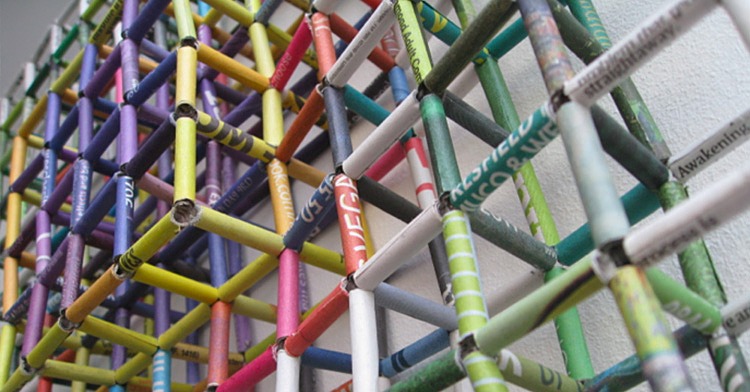
Comments